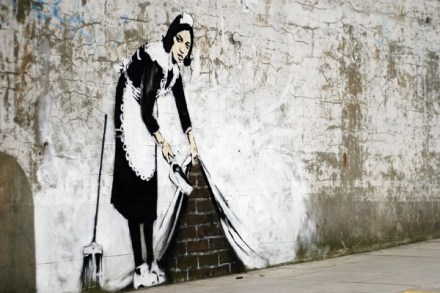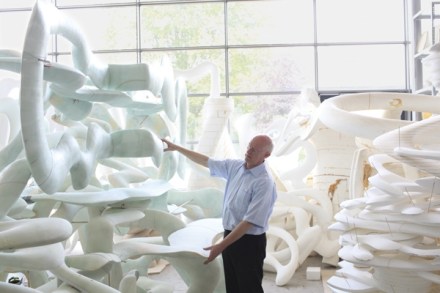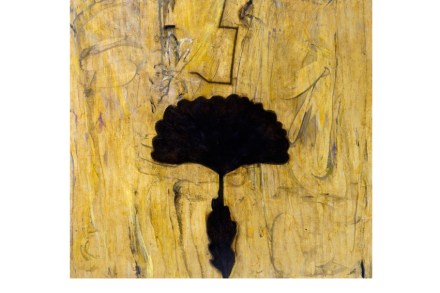Robert Hughes – The novelty of the shock
The real shock of the new came in 1991. It was sobering, and it was reverent, which aren’t exactly the first words one would associate with The Shock of the New art critic Robert Hughes. No wonder it went largely unacknowledged when he passed away last month. While Hughes’ seminal art history series continues to re-run on BBC4, it’s not without irony that one recalls that in ’91, 11 years after it originally aired, Hughes panned the whole concept of the art documentary. Admittedly, he’d always been slightly sceptical. He opened the first edition of his book (originally a mere spin-off of the series; ultimately, as Hughes himself said, something

















